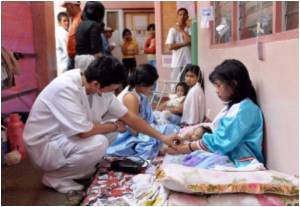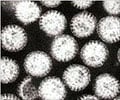
While children of all ethnicities can contract Kawasaki disease (KD), a study led by researchers at the Kawasaki Disease Research Center at the University of California, San Diego and Rady Children’s Hospital-San Diego finds that Filipino children with KD are at a higher risk for inflammation of the blood vessels of the heart than those of other Asian and non-Asian backgrounds.
Nearly 24 percent of Filipino children with KD in San Diego County were found to have aneurysms compared to 10.5 percent of children of other Asian descent.
The study appears in the May 6, 2011 issue of Pediatric Infectious Disease Journal.
“Filipinos make up the largest Asian subgroup in San Diego County, yet there are no available reports of KD in Filipino children,” said Adriana H. Tremoulet, MD, MAS, assistant professor, Department of Pediatrics, UC San Diego School of Medicine. “With the results of this study, our call to action is for medical providers to have a heightened awareness of KD so patients can be treated promptly and the risk of heart disease is minimized. Parents, especially those of Filipino descent, need to know the signs and symptoms of KD and when to contact their physician.”
Clinical signs of KD include fever, rash, red eyes, swollen glands in the neck, swollen and red hands and feet and red, cracked lips. If left untreated, one in four children will develop permanent damage to their blood vessels and heart.
Advertisement
“Our findings indicate there may be genetic reasons why there is a higher attack rate of KD and aneurysms in Filipino children,” said Tremoulet. “Our next steps are to increase awareness of KD in the Filipino community and to understand the genetic reasons why Filipino children are at higher risk of more severe KD.”
Advertisement
Source-Medindia







